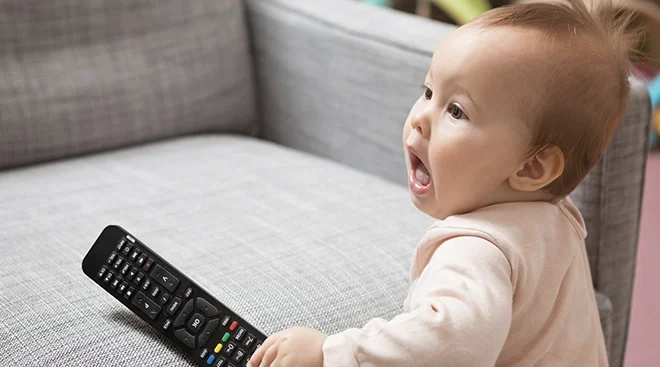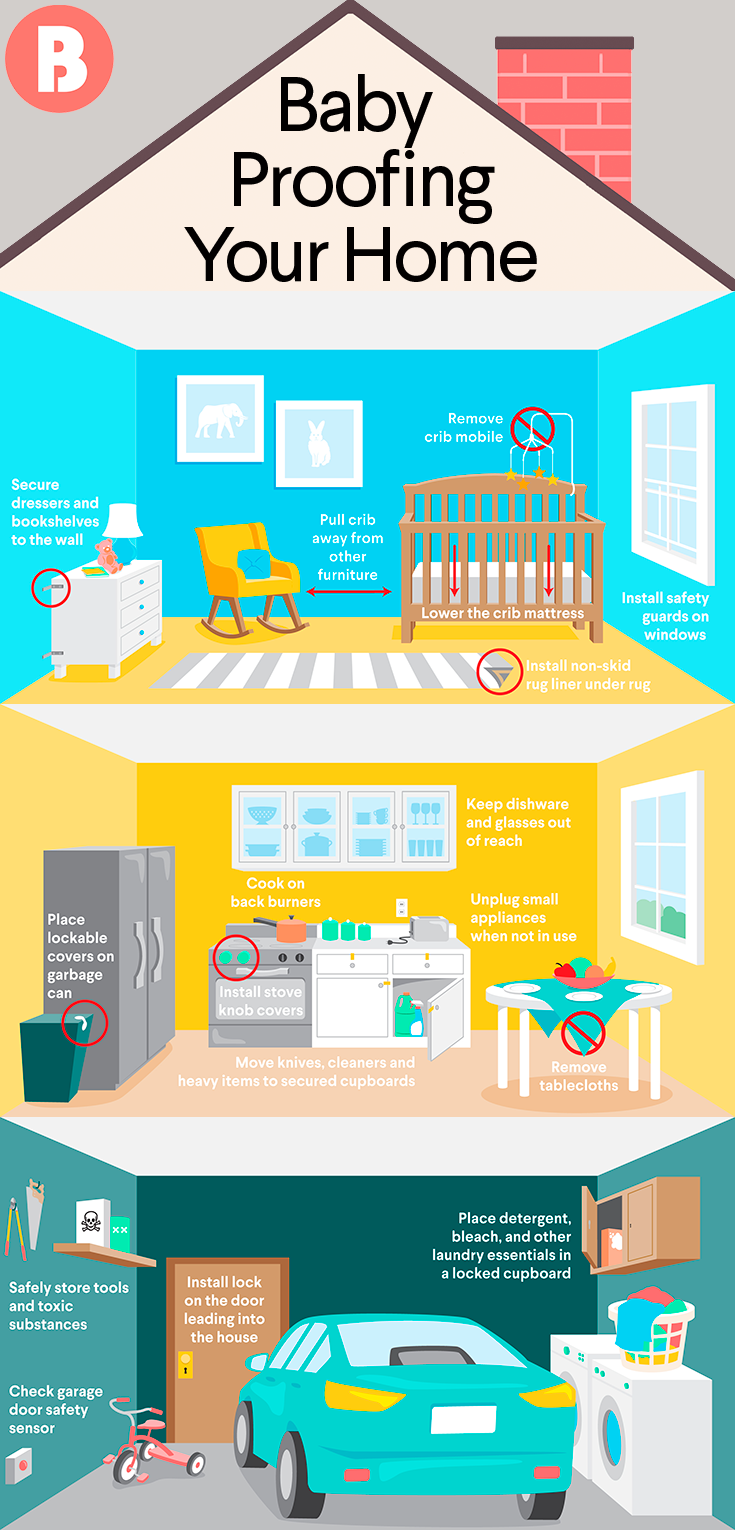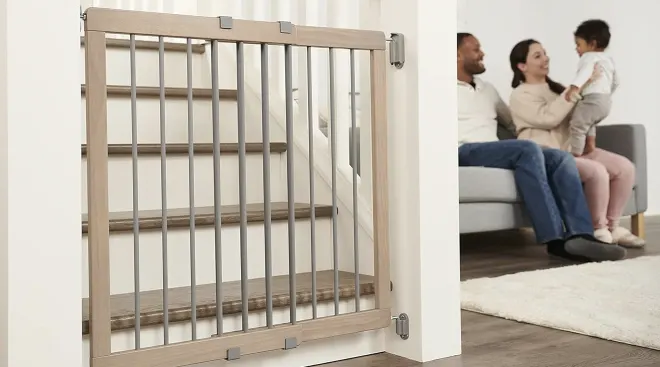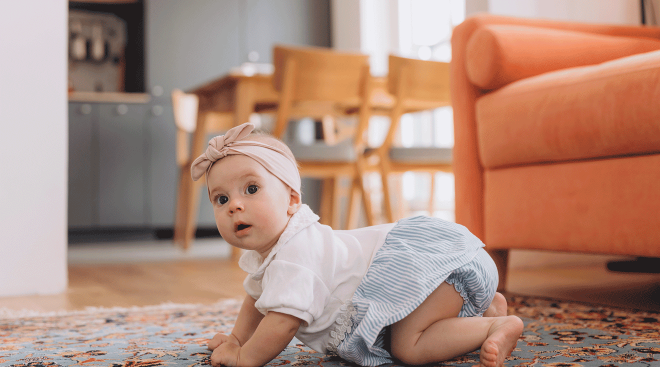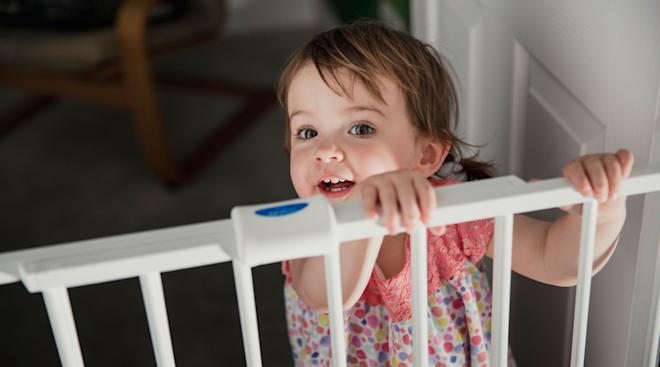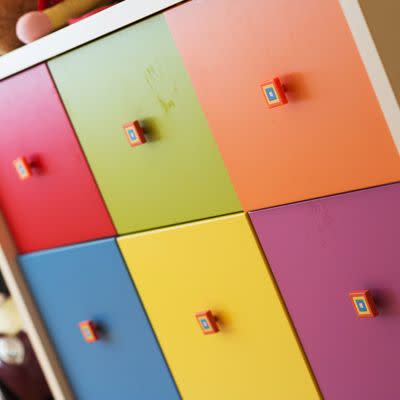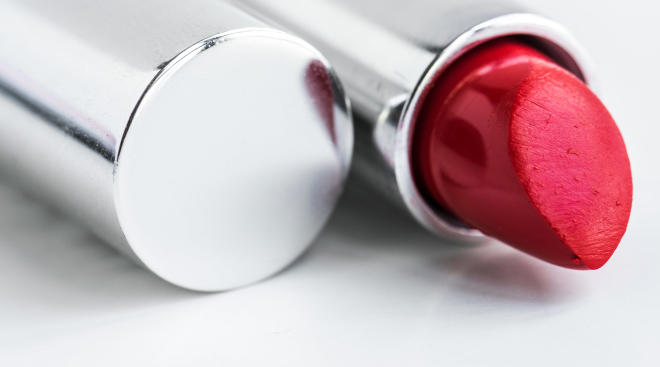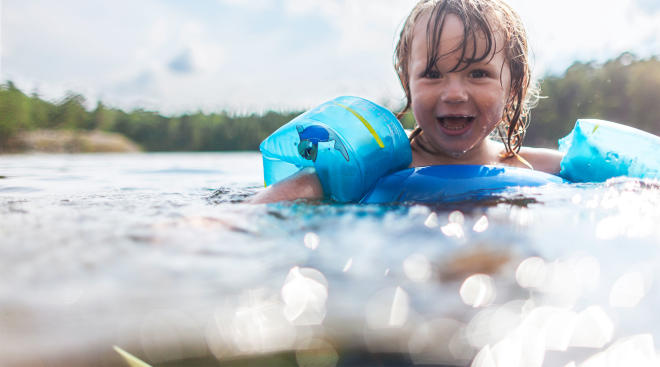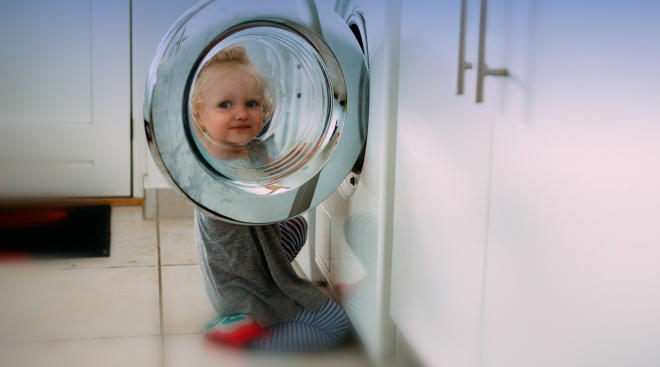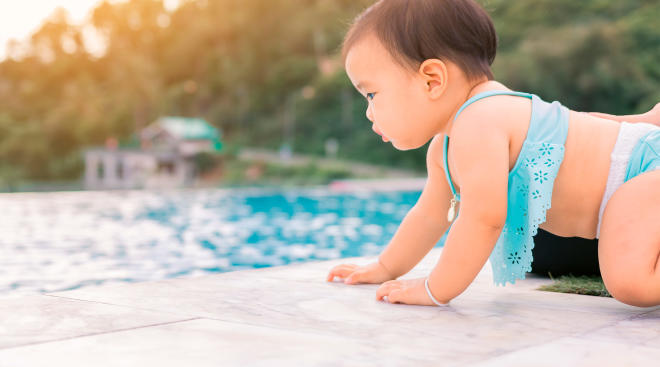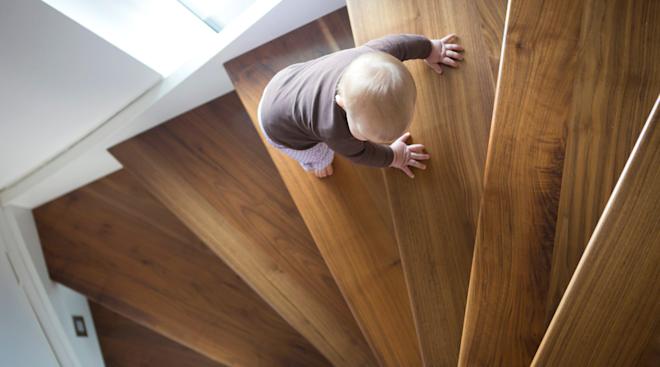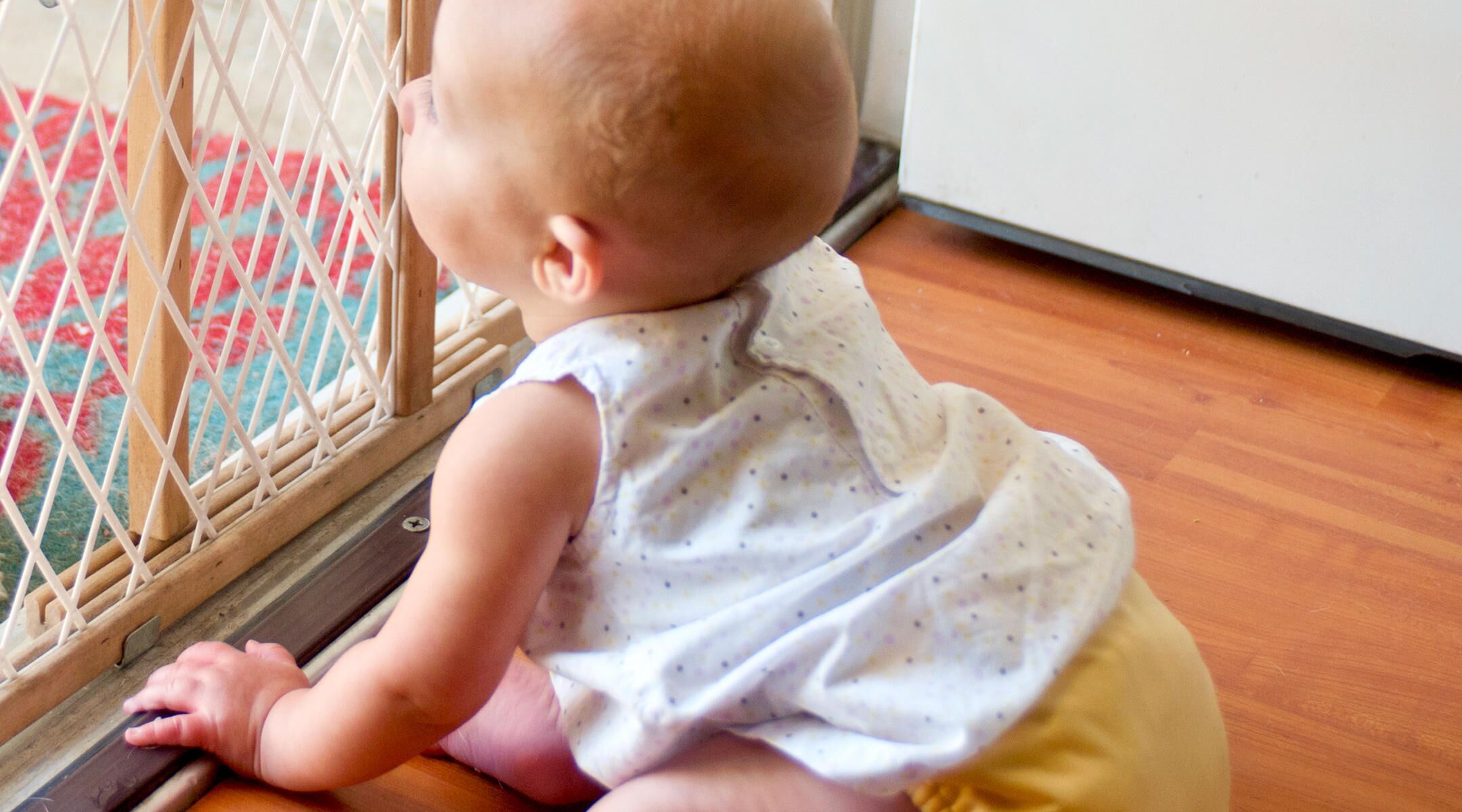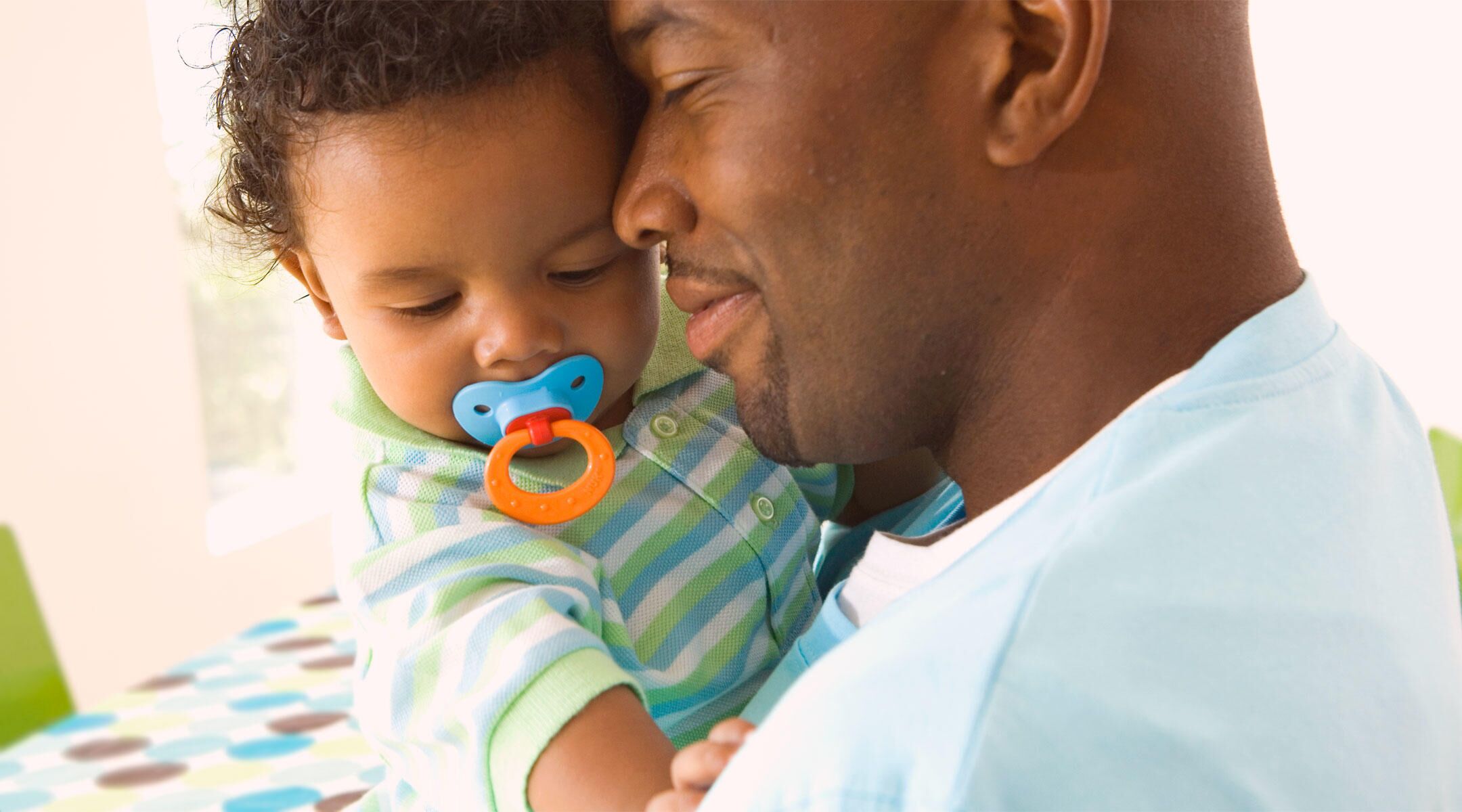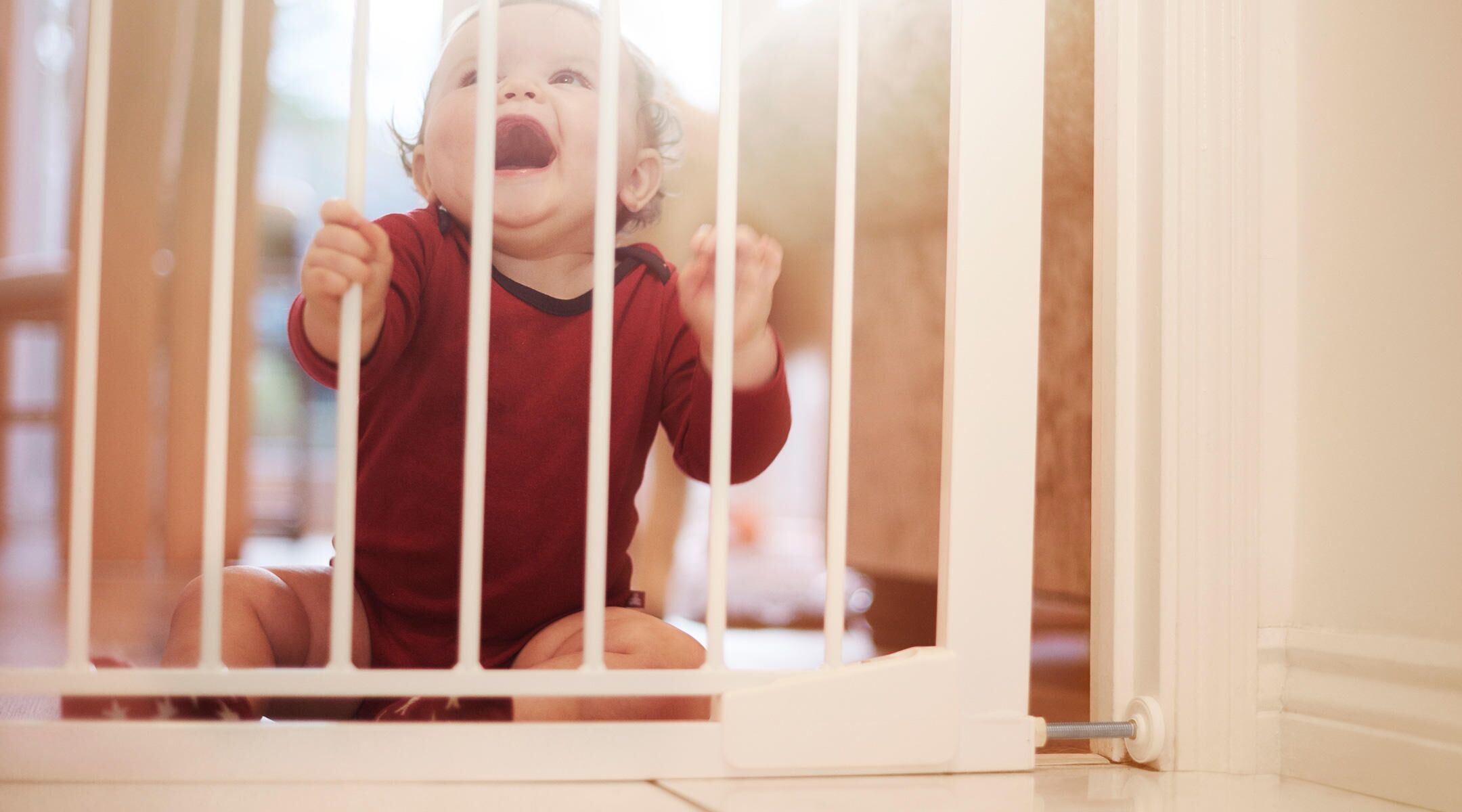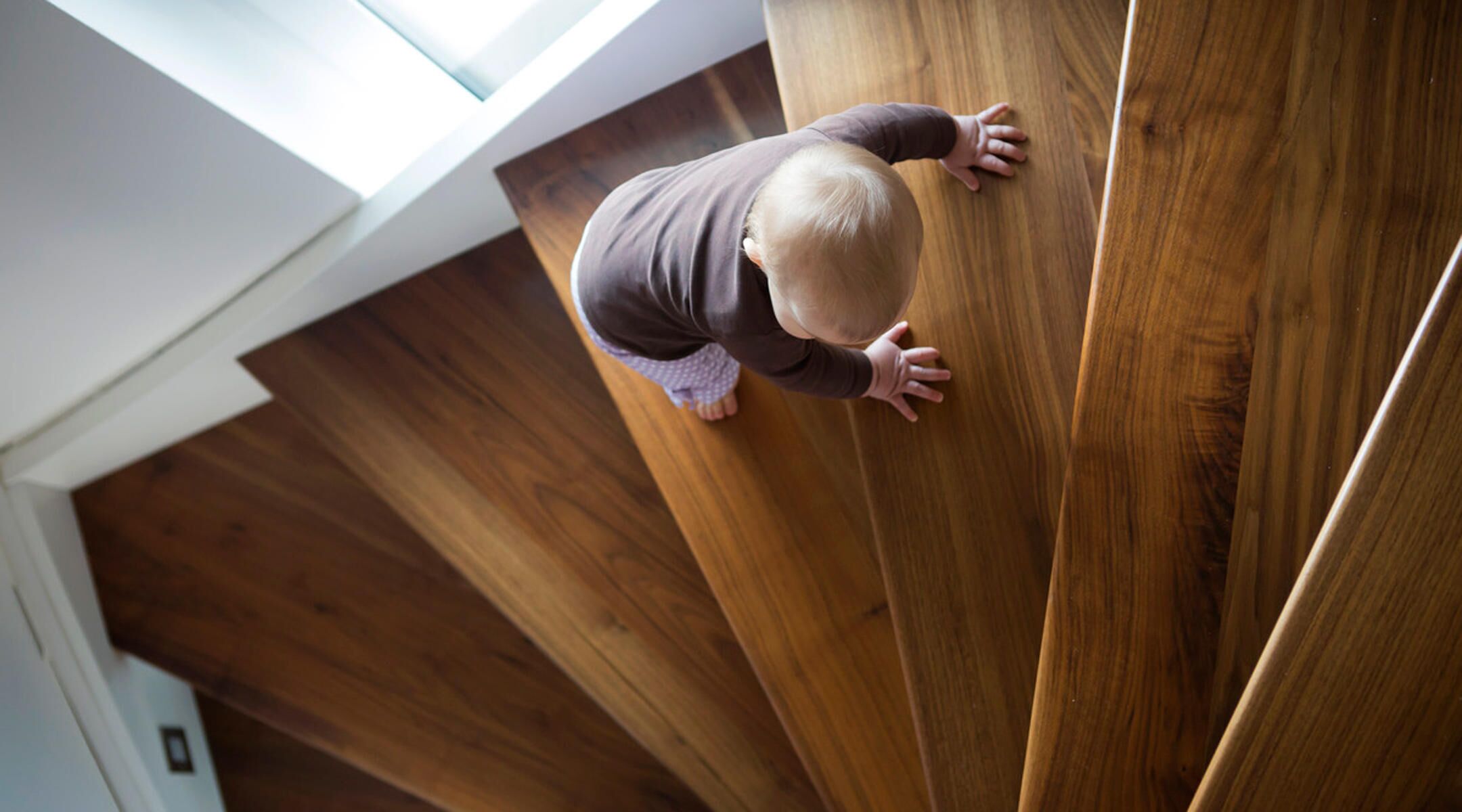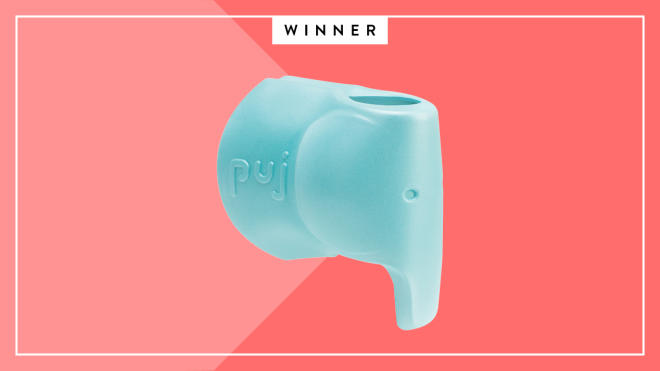7 Everyday Objects Baby Shouldn’t Be Playing With
We’ve all been there: You’re out running errands with baby, and to keep them from going nuts in the grocery store, give them your keys or cell phone. But is it really safe to give baby certain everyday objects? We had experts give us the inside scoop on what baby shouldn’t be playing with.
Babies love the shininess and sounds of metal keys, but are they really okay for baby to fiddle with? Jeffrey Berkowitz, MD, a pediatrician at Pediatric Specialists of Plano in Texas, says nope. “Keys are made of brass, which may contain small amounts of lead,” he explains. “Additionally, keys can cause injury to the mouth if the child falls while sucking on them.” Instead, stick to the plastic ones. They might not be as shiny, but at least baby can put them in their mouth without harming themselves. Or if baby likes the cold feel of the metal in their mouth, try out these kleynimals—they’re non-toxic, eco-friendly and baby-safe.
Baby might be intrigued by the remote control, especially because they see how much the grown-ups grab for it. But you’ll want to keep it away from them. “Remote controls aren’t safe to play with,” Berkowitz says. “They contain batteries, which can be dangerous if ingested. Also, remote controls may have other small parts, which could break off and become a choking hazard.” Once baby is older than 18 months, it’s okay for them to play with a remote-control toy. Also, note that remotes, watches and other devices with button batteries should also be off limits, per the American Academy of Pediatrics (AAP).
Giving baby an iPad to play with might seem totally natural, especially with so many kid-friendly apps out there. (And sometimes busy parents just need a minute to eat their dinner in peace, which is okay!) But the AAP recommends that, aside from video-chatting, babies under 18 months shouldn’t be exposed to screens, including tablets, smartphones and TVs. (Even for babies 18 months and older, the AAP advises parents to limit baby’s screentime to educational content like Sesame Street and PBS .) That’s because research has found that kids under 2 still learn best from unstructured, unplugged playtime, and a media overload can interfere with face-to-face interactions, physical activity and sleep. “Even though manufacturers come out with great, colorful apps for kids, they’re not designed for a baby or a small child to play with on their own—they’re designed for parents and babies to play with together,” says Monica Vila, founder of TheOnlineMom.com, a website that educates parents about healthy digital consumption. Plus, electronic tablets have glass screens and batteries with electrical charges. “It wouldn’t take a lot for a baby to bite it or drop it, and batteries or liquids inside of the tablet can come out,” Vila says. “Those aren’t safe for eating.”
Have you seen those news reports that say cell phones have traces of poop on them? (Gross!) Knowing that cell phones are riddled with germs is probably reason enough not to let baby touch your phone or put it in their mouth. “These phones that might be covered with germs could cause serious illness,” Berkowitz says. Also, like remotes and iPads, cell phones contain batteries and other small parts, which aren’t safe for baby if they puts them in their mouth. (FYI: The charger and cord also present dangers!) Instead, get baby a toy cell phone—there are plenty that are much more kid-friendly and a lot more fun than a grown-up phone. Try the VTech Touch and Swipe Baby Phone ($15, Amazon.com).
Baby might come across your jar of loose change and want to rattle it or play with the shiny things inside, but don’t let them. “Coins are a choking hazard and can cause tracheal, esophageal or intestinal obstruction,” Berkowitz says. So not worth the risk. Make sure there aren’t any coins lying around the house or car where baby might reach them.
Maybe you and baby are doing a crafts project or you’re showing baby how to draw. “Most markers and pens are nontoxic but can cause injury if the child pokes themselves with it,” Berkowitz says. If baby puts the pen cap or crayon in their mouth, they could choke. Also, for the sake of your home decor, keep baby away from them—marker, crayon and pen marks all over your walls and floor won’t be a pretty sight. You should hold off on letting baby use crayons and markers until they’re a toddler, and even then they call for supervision. When it’s time for your tot to use markers and crayons, look for nontoxic and washable ones.
While they’re on the changing table, baby may grabs at the wipes and even stuff them in their mouth (sound familiar?). While it’s tempting to just let them—especially if that’s the only way they’ll quit wiggling—experts say don’t. “It’s not wise to allow baby to suck on wipes, because they could ingest the chemicals in them,” Berkowitz says. “Also, if baby chews or tears pieces of the wipes off, it could result in a choking hazard.” To distract baby while they’re getting their diaper changed, keep a teething ring or other age-appropriate toys nearby.
Plus more from The Bump, check out our babyproofing infographic:
Please note: The Bump and the materials and information it contains are not intended to, and do not constitute, medical or other health advice or diagnosis and should not be used as such. You should always consult with a qualified physician or health professional about your specific circumstances.
Jeffrey Berkowitz, MD, is a pediatrician at Pediatric Specialists of Plano in Texas. He graduated from Cornell University, and earned his medical degree from Emory University School of Medicine.
Monica Vila is founder of TheOnlineMom.com, a website that educates parents about healthy digital consumption.
Healthy Children (American Academy of Pediatrics), Button Battery Injuries in Children: A Growing Risk, September 2021
Learn how we ensure the accuracy of our content through our editorial and medical review process.
Navigate forward to interact with the calendar and select a date. Press the question mark key to get the keyboard shortcuts for changing dates.
































